In the context of Vietnam seeking a new growth model for the 2026–2030 period and vision to 2045, investment in strategic technology development is identified by many experts as a decisive factor.
This is not only the key to transforming from a growth model based on resources, cheap labor and large investment to a model based on efficiency and innovation, but also the foundation for Vietnam to improve its position in the global value chain.
According to experts, to realize this goal, Vietnam needs to clearly identify priority technology fields, perfect institutions, promote targeted investment and create favorable conditions for innovative businesses.
Along with that, developing technological infrastructure, enhancing research capacity and improving financial mechanisms will play an important supporting role.
Dr. Le Xuan Sang, Deputy Director of the Vietnam and World Economic Institute, said that strategic technology is the key factor helping Vietnam overcome the limits of traditional growth drivers.
In the coming period, it is necessary to focus resources on breakthrough areas such as artificial intelligence, biotechnology, renewable energy and new materials. These are areas that both create high added value and increase economic autonomy in the context of many global fluctuations.
Associate Professor, Dr. Huynh Quyet Thang, Director of Hanoi University of Science and Technology, said that strategic technology development needs to be approached in a comprehensive and focused manner, first of all by clearly identifying fundamental priority areas.
Successful countries build an innovation ecosystem with a synchronous structure, including a legal framework, financial mechanisms, training and research - this is a mandatory premise for the transition to a new growth model.
Associate Professor Huynh Quyet Thang proposed that it is necessary to implement national training and research programs; build a network of key laboratories and large data centers.
Research institutes, universities and enterprises must be granted full autonomy and enjoy specific financial mechanisms to promote commercialization of research results.
In parallel, the development of a strategic technology law aims to coordinate overall research and application activities, including regulations on limited testing mechanisms, simplified intellectual property protection, investment incentives, and the establishment of “test zones” that are exempt from certain current regulations for a certain period of time.
From an institutional perspective, Dr. Nguyen Ba Hung, Chief Economist of the Asian Development Bank in Vietnam, commented: institutions are a major bottleneck in the current growth model.
Vietnam is shifting from labor- and investment-based growth to an efficiency- and knowledge-based model, so institutional reform, especially in the technology sector, is extremely urgent.
Dr. Nguyen Ba Hung said that it is necessary to create a truly competitive environment, reduce administrative intervention, and ensure equal access to information, resources, and opportunities among economic sectors.
The role of the state should be to guide rather than intervene deeply; laws need to be transparent and stable, especially in new areas such as the digital economy, data and artificial intelligence; policies must encourage reasonable risk taking, rather than just supporting “safe” activities, to promote innovation.
Another issue he emphasized was the need to restructure the labor market, improve digital skills and soft skills to quickly respond to new technology requirements.
According to Professor, Dr. Tran Tho Dat, Chairman of the Science and Training Council of the National Economics University, the current growth model has gradually run out of room as it still relies on investment and cheap labor.
Therefore, it is necessary to completely shift to a model based on science, technology and innovation if we want long-term growth.
To do this, it is necessary to clearly identify strategic technology pillars, thereby allocating resources reasonably and perfecting appropriate institutions. Scientific research cannot be separated from production and business practices.
Therefore, research institutes and universities must connect with the private sector to become a source of technology, human resources and knowledge.
At the same time, the state plays the role of "seed investment", providing preferential credit for innovative enterprises and strongly reforming higher education towards autonomy, linkage and practice./.
Source: https://www.vietnamplus.vn/phat-trien-cong-nghe-chien-luoc-don-bay-cho-mo-hinh-tang-truong-moi-post1049887.vnp



![[Photo] Many people directly experience beloved Uncle Ho and the General Secretaries](https://vphoto.vietnam.vn/thumb/1200x675/vietnam/resource/IMAGE/2025/9/6/2f4d9a1c1ef14be3933dbef3cd5403f6)

![[Photo] 80th Anniversary of the General Staff of the Vietnam People's Army](https://vphoto.vietnam.vn/thumb/1200x675/vietnam/resource/IMAGE/2025/9/6/49153e2a2ffc43b7b5b5396399b0c471)

![[Photo] General Secretary To Lam attends the 80th Anniversary of the General Staff of the Vietnam People's Army](https://vphoto.vietnam.vn/thumb/1200x675/vietnam/resource/IMAGE/2025/9/6/126697ab3e904fd68a2a510323659767)
![[Photo] Rescuing people in flooded areas at the foot of Prenn Pass overnight](https://vphoto.vietnam.vn/thumb/1200x675/vietnam/resource/IMAGE/2025/9/6/19095b01eb844de98c406cc135b2f96c)






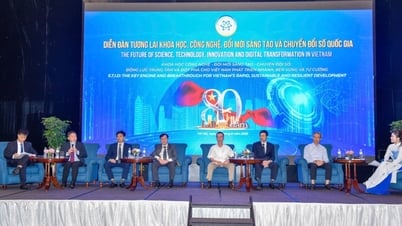

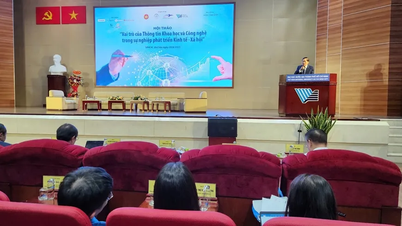

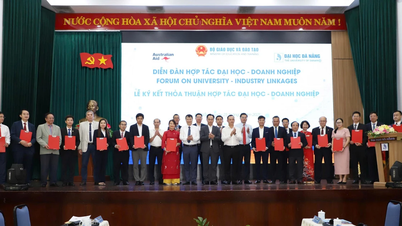















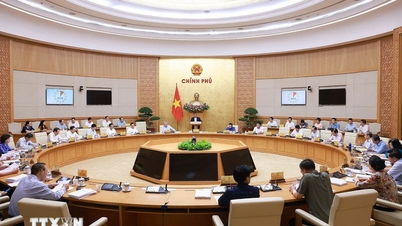
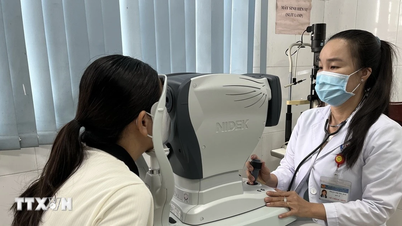


















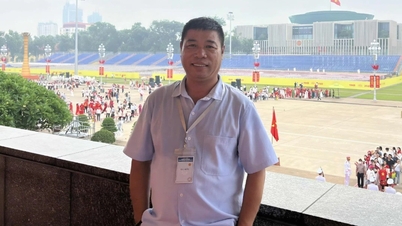





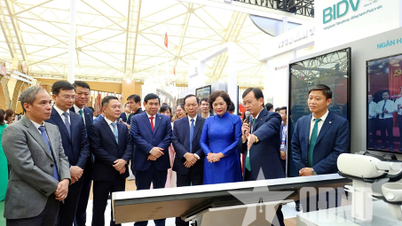
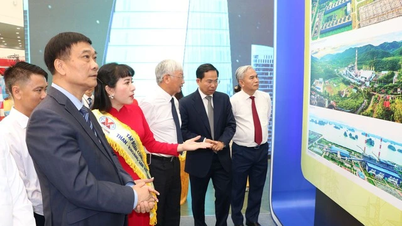



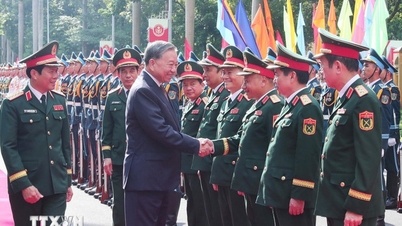











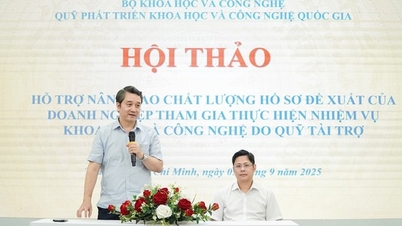
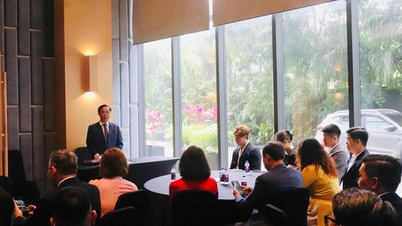










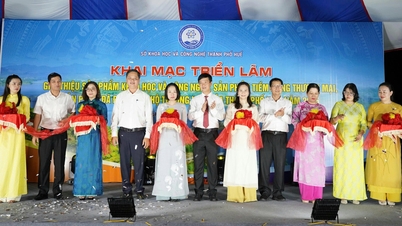





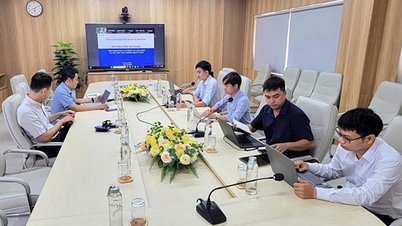






Comment (0)